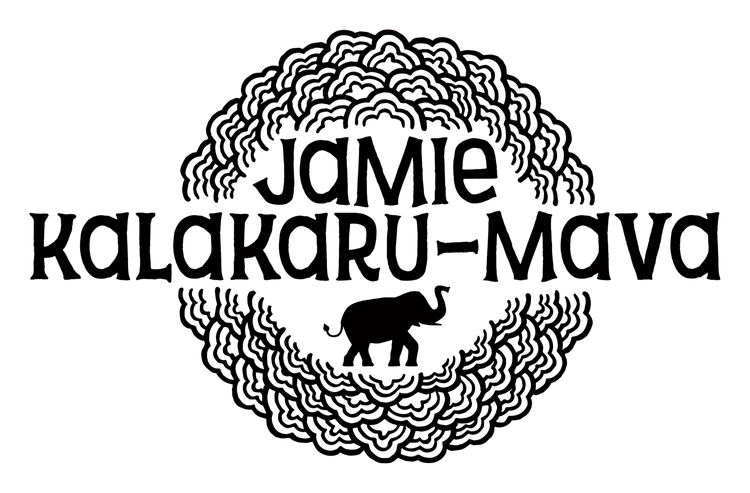As the gallery chugged along, we would survey artists periodically about their experience at Altered Esthetics and goals for the future. We often received feedback that they wanted more individual support, more exhibitions, and the opportunity to show even more of their own works. We learned through these artists that even though there was a growing number of galleries in the Twin Cities, there were not enough opportunities for emerging artists to have an exhibition of their own.
During one of our annual strategic planning sessions, we set to address this need. Summer Scharringhausen, then the gallery director, worked with two interns, Amber White and Kate Renee, to build this program. For a year they worked together to determine how it would be implemented, how we could ensure its effectiveness, and how we could partner with community members to execute it.
What came out of that think tank was very practical. The Altered Esthetics solo program sought to nurture emerging artists in a twofold approach. They would work with a cohort of artists to craft a season of solo exhibitions taking place at partner venues in the community, each artist having their first solo exhibition under Altered Esthetics’ wing. They would receive the benefit of promotion that Altered Esthetics could provide, and we would help execute an exhibit using a partner organization’s wall space.
The other and perhaps most important part of the Solo Exhibitions Program was the training. The ability to receive hands-on training in a practical gallery setting was something not readily available throughout Minneapolis at the time. All artists within the cohort would receive a variety of training in grantsmanship,crafting press releases, and creating a CV and portfolio. The plan was for emerging artists to go through the program and acquire skills they needed to move along to the next phase of their career. Artists coming out of the program would be able to book and promote their own exhibitions, write more compelling and competitive grant narratives, and promote themselves more professionally and successfully both in person and online. Accepting artists into a cohort helped them build a professional network of peers they could rely on over time. This was particularly helpful for more introverted artists for whom the networking side of the art world did not come naturally. Sound familiar?
The board quickly voted this program into approval, and within a year’s time, we were executing on the idea. Kate moved from her internship to board service, and Amber stepped into a role as the group exhibitions director. Altered Esthetics partnered with a variety of local businesses, a mutually beneficial arrangement for all parties. The partner venue was excited to contribute to the community cause and have its walls filled with a naturally rotating display of works that had been professionally executed, and the artist would have the benefit of the traffic from the venues in addition to Altered Esthetics’ help with promotion.
The program was an immediate success and improved over time. Many solo artists went on to have additional solo exhibitions, and some of the cohorts continued to exhibit together after. Perhaps even more exciting, many of Altered Esthetics’ solo artists went on to receive fellowships and grants from the Minnesota State Arts Board, Metropolitan Regional Arts Council, and more.
For me, one of the most exciting things about the Solo Exhibitions Program was that I had very little to do with its inception. Other wonderful minds developed it and brought it to life. To me it was a fantastic, compelling example that showed the role-based board structure was not only working, but working very well. Altered Esthetics’ ability to shape, shift, and grow with the new board model was how the solo program at Altered Esthetics developed.
This post is adapted from It’s Never Going To Work: A Tale of Art and Nonprofits in the Minneapolis Community. The book includes illustrations by Athena Currier. ©2019 Jamie Schumacher.
It’s Never Going To Work is a light-hearted, illustrated book that offers real-life insights on founding a community space and nonprofit. It provides tools, tips, resources, and camaraderie to community organizers and anybody attempting something new.


